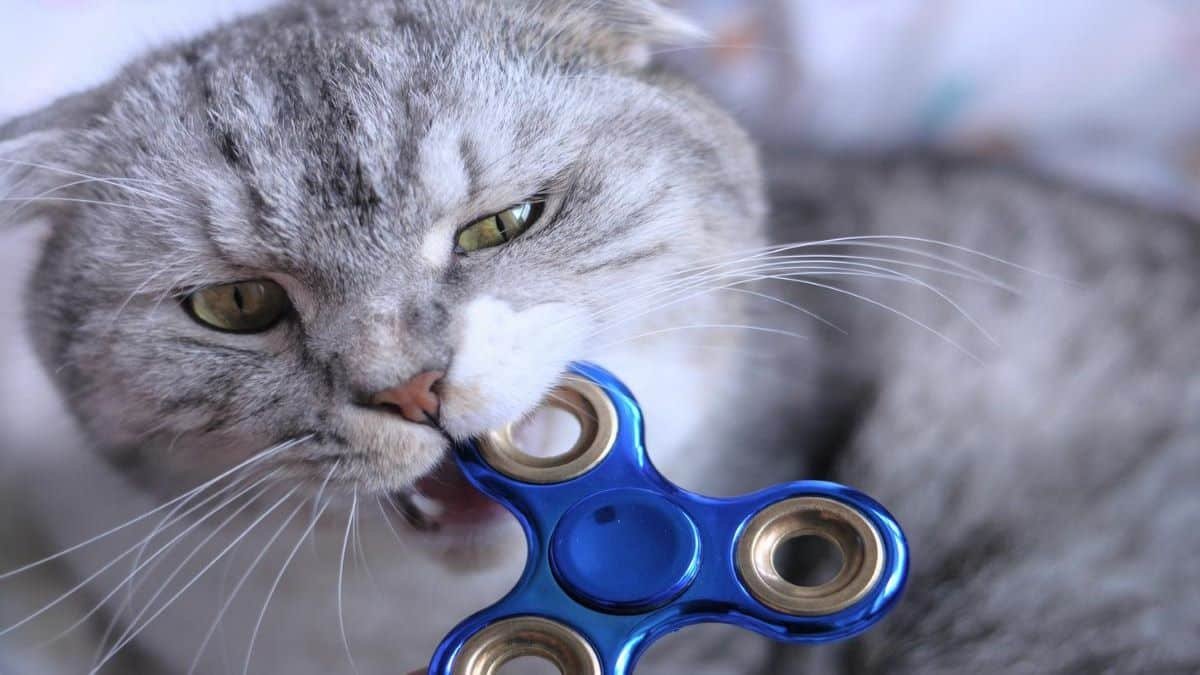To help veterinarians identify a cat’s pain, stress and anxiety… A scale called the Feline Grimace Scale (FGS) has been developed at the University of Montreal. This is to achieve these results from the facial expressions of these cats. The Leenkus editorial team takes stock!
Features that help you tell if your cat is in pain
With the help of the World Small Animal Veterinary Association (WSAVA)… the University of Montreal created a website to publicize the project launched in 2020. A year later they therefore launched an application for mobile phones and tablets which effectively allows the broadcast to continue and for more people to interact with the scale.
To continue helping vets and owners of these pets… In recent days, the same Canadian institution has launched an update to several of the keys. By explaining how this tool works and making it easier to use. Owner of a cat? Read on!

Five characteristics define a cat’s pain!
It is actually the position of the cat’s ears, the opening of the eyes, the tension in the muzzle. Also the position of the whiskers and the movement of the head.
The Feline Grimace Scale indicates that when a cat is away, the ears are forward, the eyes are open, the muzzle and whiskers are relaxed, and the head is in line with the shoulder line. Moderately present? We can observe the ears slightly apart, the eyes partially open, the muzzle slightly tense, the whiskers slightly curved and the head in the axis of the shoulder line.
Finally, for a marked presence of the cat, the ears are flat and turned outwards, the eyes are squinted, the muzzle is explicitly stretched, the whiskers are straight forward and the head is tilted downwards.

A difficult character!
In fact, the qualification of pain in a cat is based on the identification of behavioral changes induced by pain. But given their unique behavior…. In these pets, it is quite difficult to recognize pain.
Like humans, cats generally have both short-term and long-term memory. This allows it to retain all kinds of memories related to its owner or to moments, pleasant or unpleasant.
According to animal behaviorist Mikel Delgado, animals have the ability to store memories and associate actions based on them when the opportunity arises. This allows them to easily survive in the wild.

Smell plays a role in memory
“If a cat has a very unpleasant experience, it will remember it very well. They just remember what is important to survive and be safe.” Delgado at The Dodo.
Furthermore, according to a study published in the journal Animal Cognition… adult felines can remember the past 16 hours in the short term. Cats under one year of age do not have such a large memory capacity. However, their sense of smell plays an important role in long-term memory. As adults, these pets are more likely to react to a particular smell than to a place or person.
